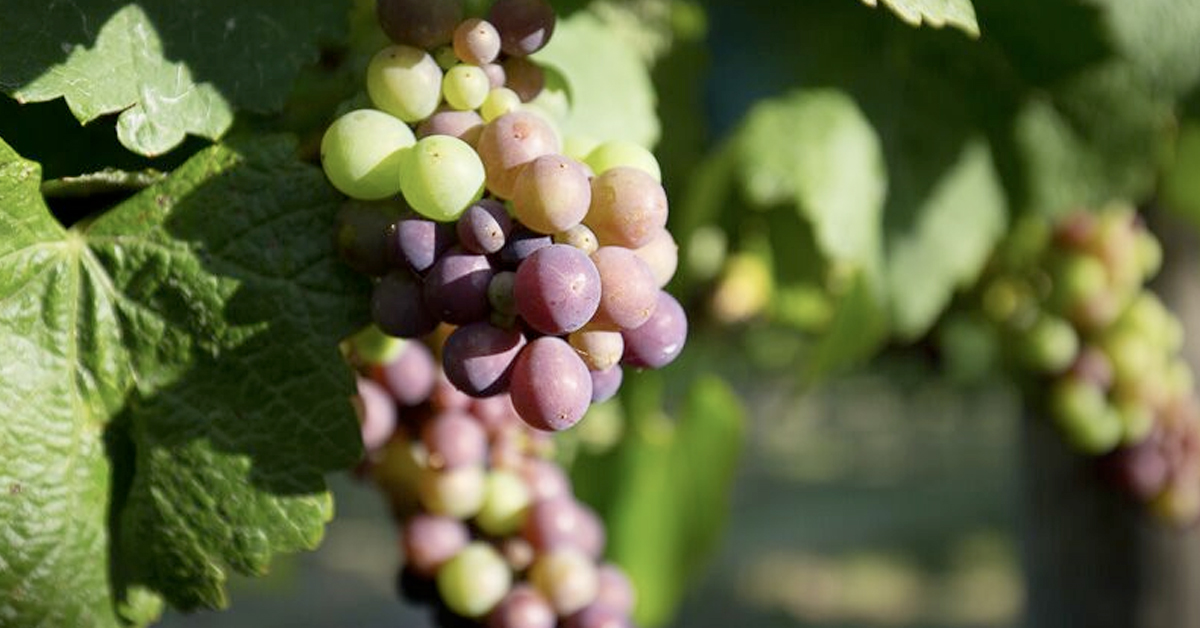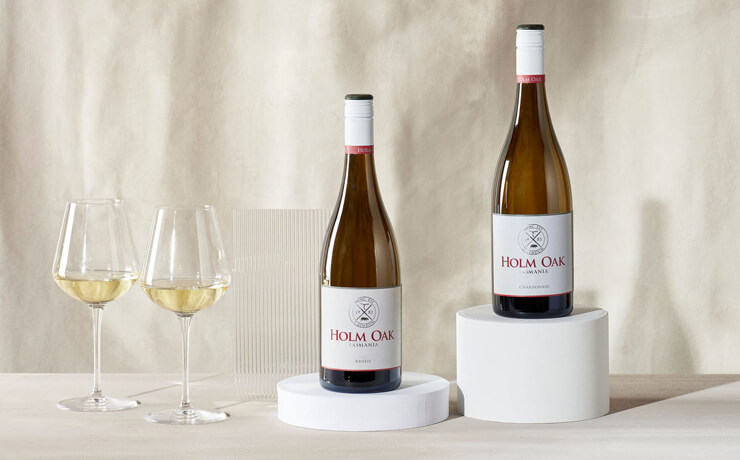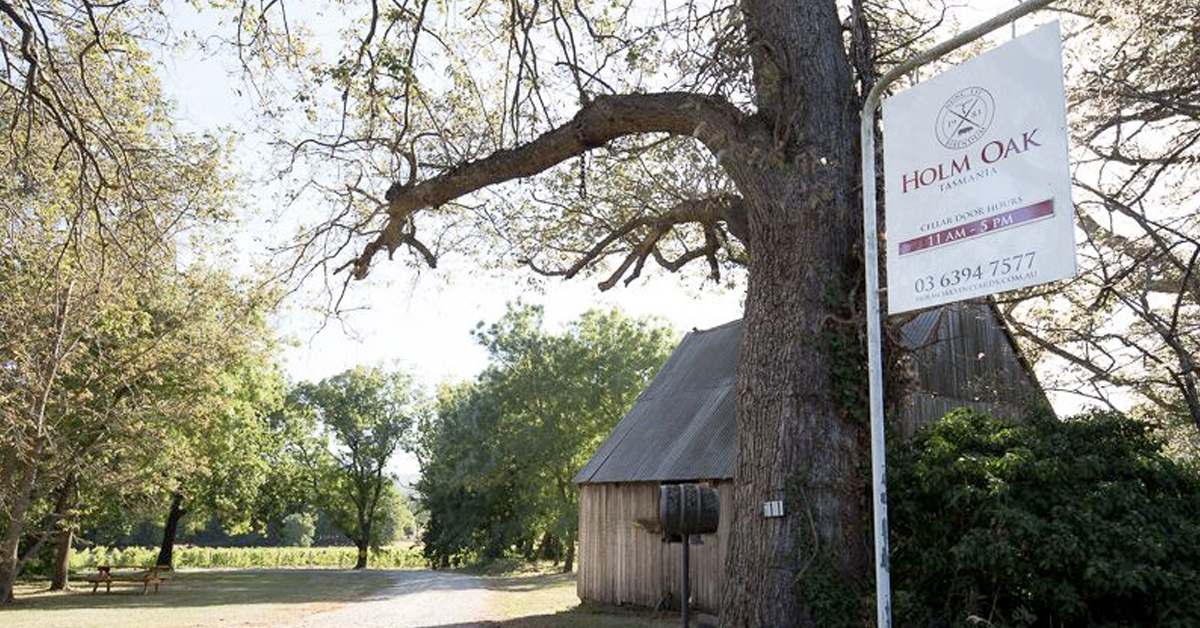What is chardonnay?
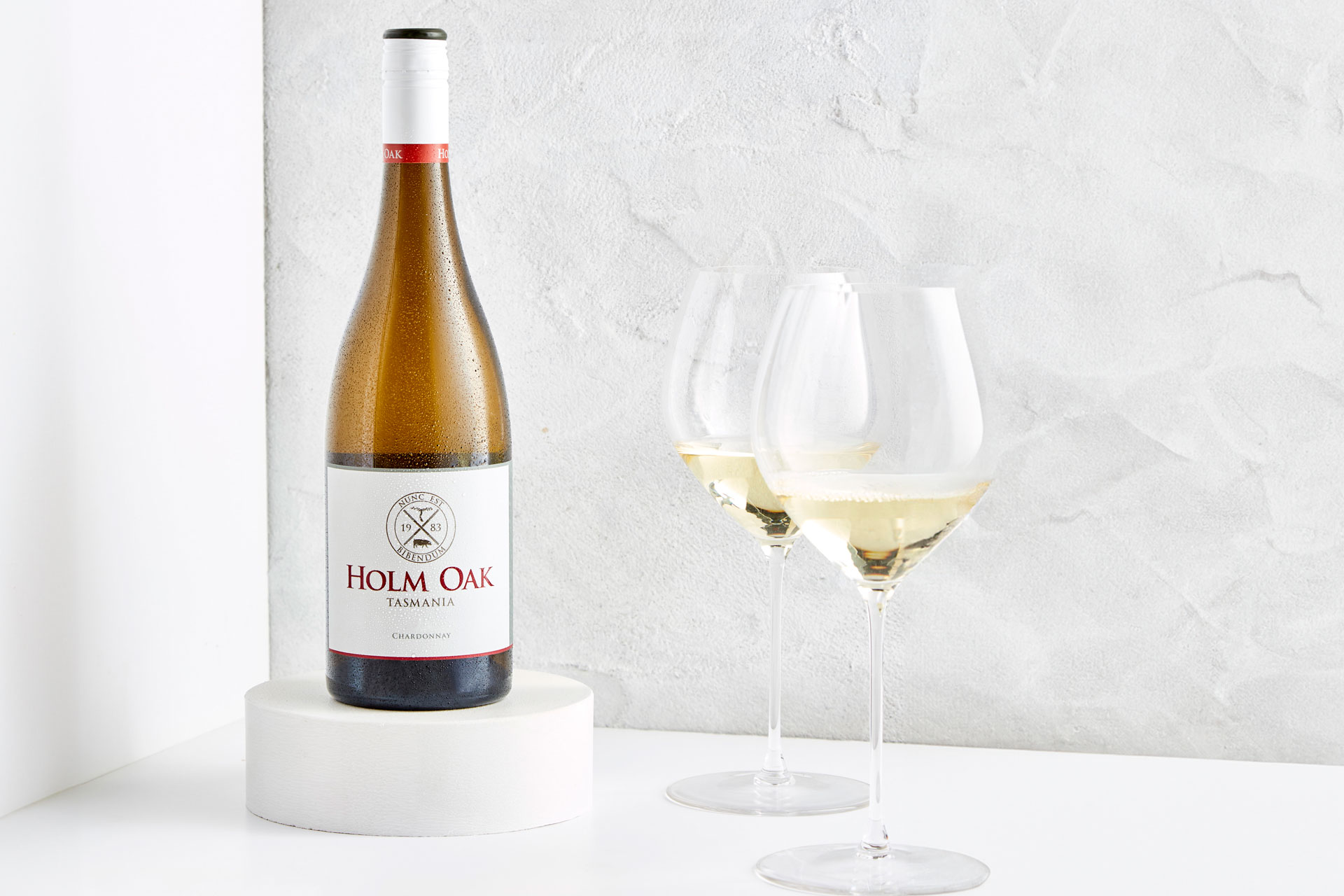
Chardonnay is a white grape variety that originated in the Burgundy wine region of France. It is a variety that is grown widely across all regions of Australia.
Is chardonnay sweet or dry?
Chardonnay is generally categorised as a dry wine. Occasionally it is made into a dessert style, but this is very rare.
What does chardonnay taste like?
This can vary depending on where the grapes are grown and how it is made. However, general flavour descriptors (moving from less ripe to very ripe fruit) for chardonnay are: grapefruit, citrus, nectarine, peach and apricot. Oak also plays a part and can add nutmeg, cinnamon, toast and vanilla aromas. Fermentation in the barrel can add creaminess and baked-bread notes.
When should you drink chardonnay?
This depends a little on how you like your wine to taste. As a young wine, chardonnay will have fresher, crisper, cleaner characteristics, with more primary fruit characters. As the wine ages, it will develop more richness and complexity. As a general rule, I would suggest somewhere between three and eight years, depending on the wine.
Making chardonnay at Holm Oak
This is one of my favourite varieties to make. I call this the winemaker’s wine, because the winemaker can have a lot of influence over the style they want to make and there are many options available on how to make it. In contrast, a wine such as riesling is all about maintaining the purity of the fruit, with little influence from the winemaker.
The decisions the winemaker takes to make great chardonnay
- When to pick: Picking earlier will mean greater acidity and more citrus flavours, while picking later will mean richer and more stonefruit flavours. At Holm Oak, we tend to try and pick at a range of ripeness levels to get some of each.
- Oak: For me, there is only one answer – yes. In my opinion, oak adds so much more character to the wine, and if the correct oak is chosen, it can really enhance the natural assets of the wine. There are many options available here, which you can read about in a previous post about the importance of oak in winemaking.
- Fermentation: This might be wild or inoculated ferment. I always do wild fermentation, which I finds adds greater texture to the wine.
- Malolactic fermentation (MLF or ‘malo’): Malolactic fermentation is a bacterial fermentation, in which the malic acid (the acid found in apples) is converted to lactic acid (the acid found in milk), decreasing the perceived acidity of the wine. The amount of malo we do is determined by the year: if we think the acidity levels are a bit too high, we will do more malo. Generally, we will put about 20% of the wine through malo, but more in cooler years. Sometimes, the bacteria used to conduct the malo can produce a compound called diacetyl, which gives a buttery character. We try to avoid this, so we inoculate our chardonnay for malo using bacteria that don’t produce this compound.
- Lees stirring (battonage): Lees are the dead yeast cells that remain in the wine once fermentation is finished. They generally sink to the bottom of the barrel. Lees stirring is the manual process of mixing the wine to re-suspend the yeast through the wine. This enables the yeast cells to break down more quickly (called autolysis). As the yeast cells break down, they release the contents of their cells and cell walls into the wine. These compounds contain lipids, proteins and fatty acids that enhance the creaminess and texture of the wine. If a winemaker wants more of this character, they need to lees-stir more often. If they want to maintain a crisper, fresher, tighter wine, they would stir the lees less frequently.
Combining these elements, and the subtle ways they can be balanced and finessed by the winemaker, are why I love making chardonnay. It’s a kind of alchemy. And I think that’s also what makes it the world’s most popular white wine – its variability means chardonnay appeals to so many different tastes.
